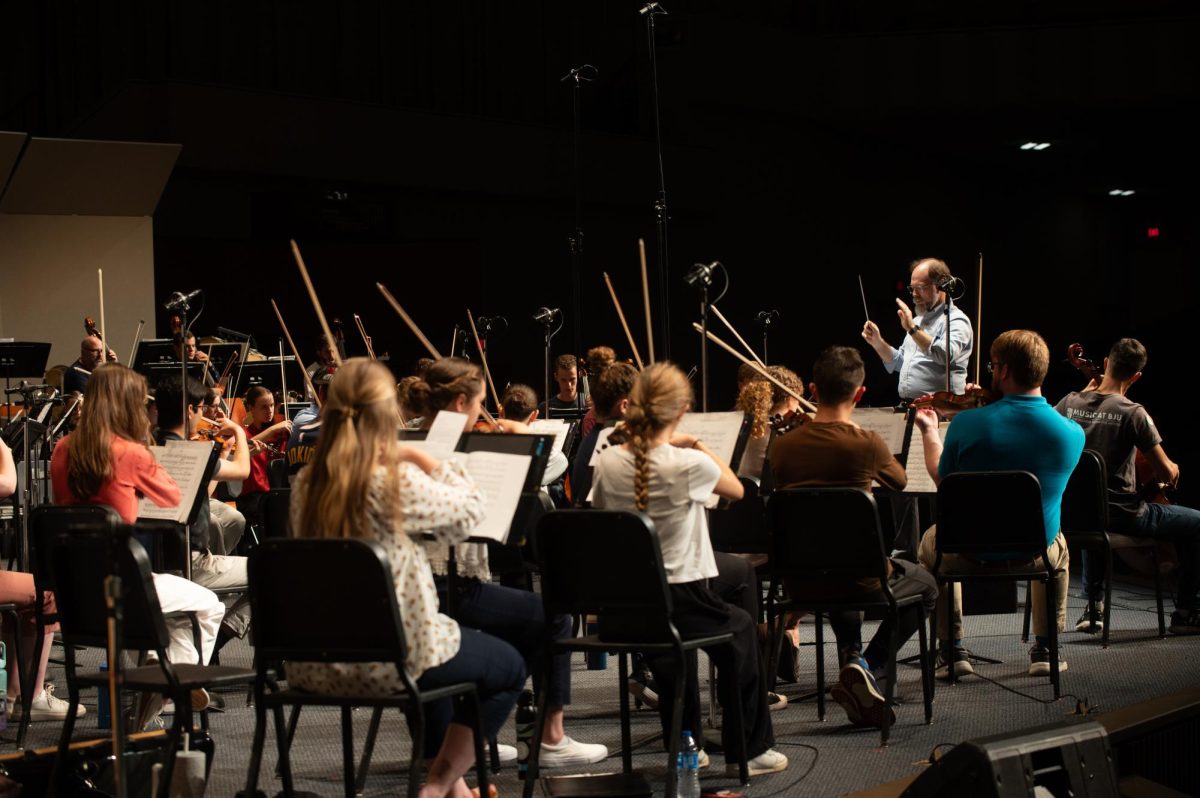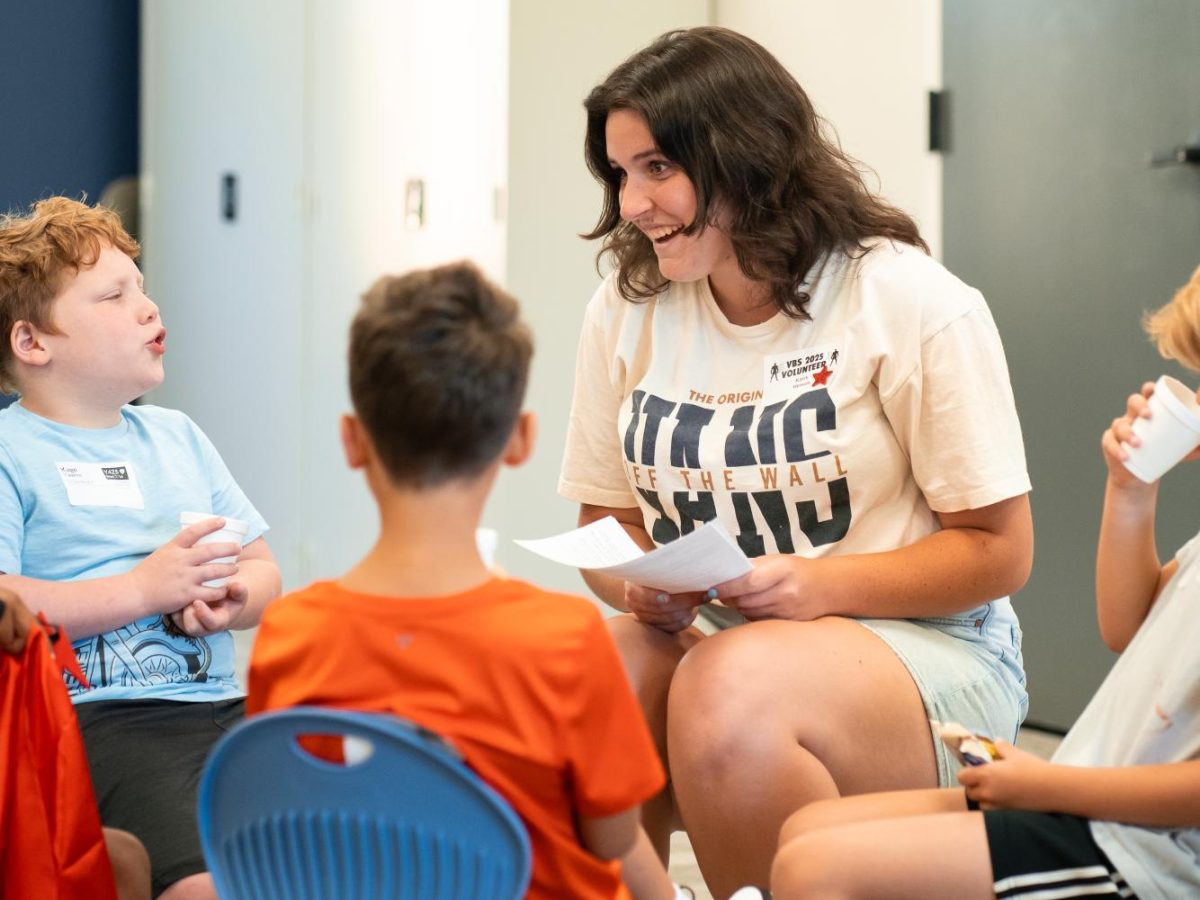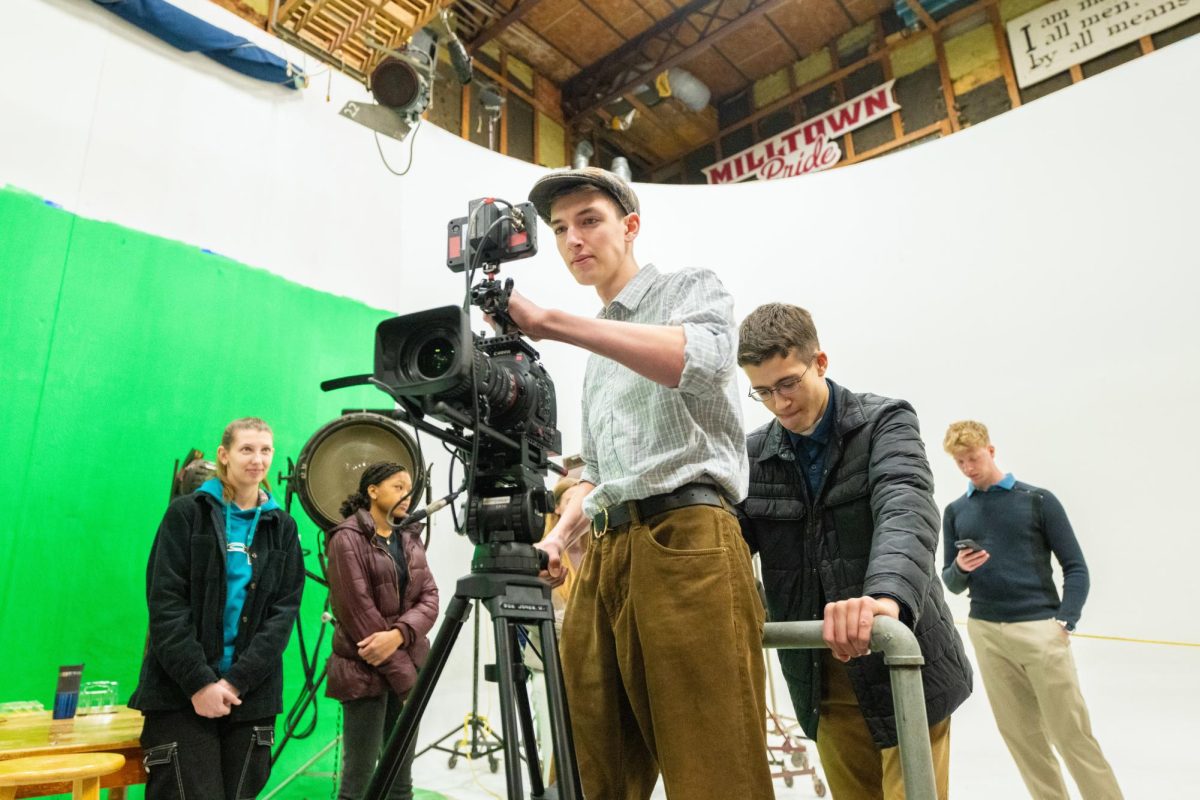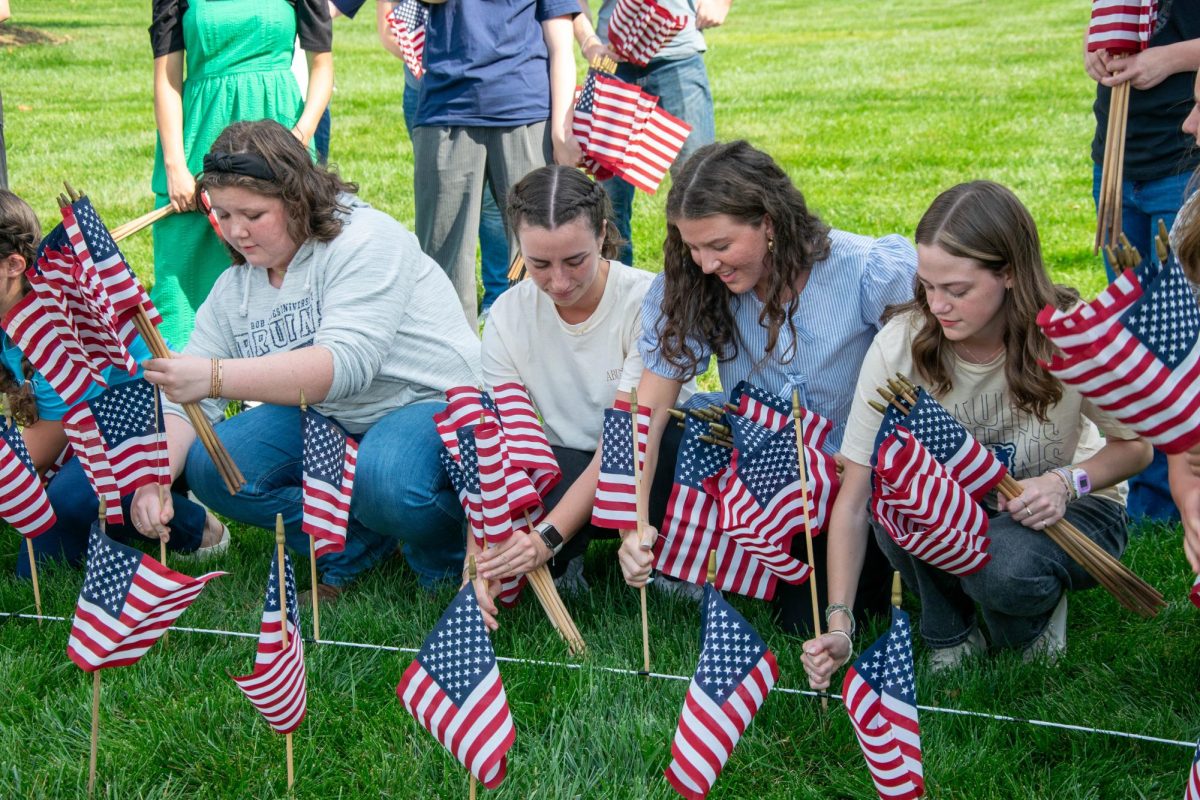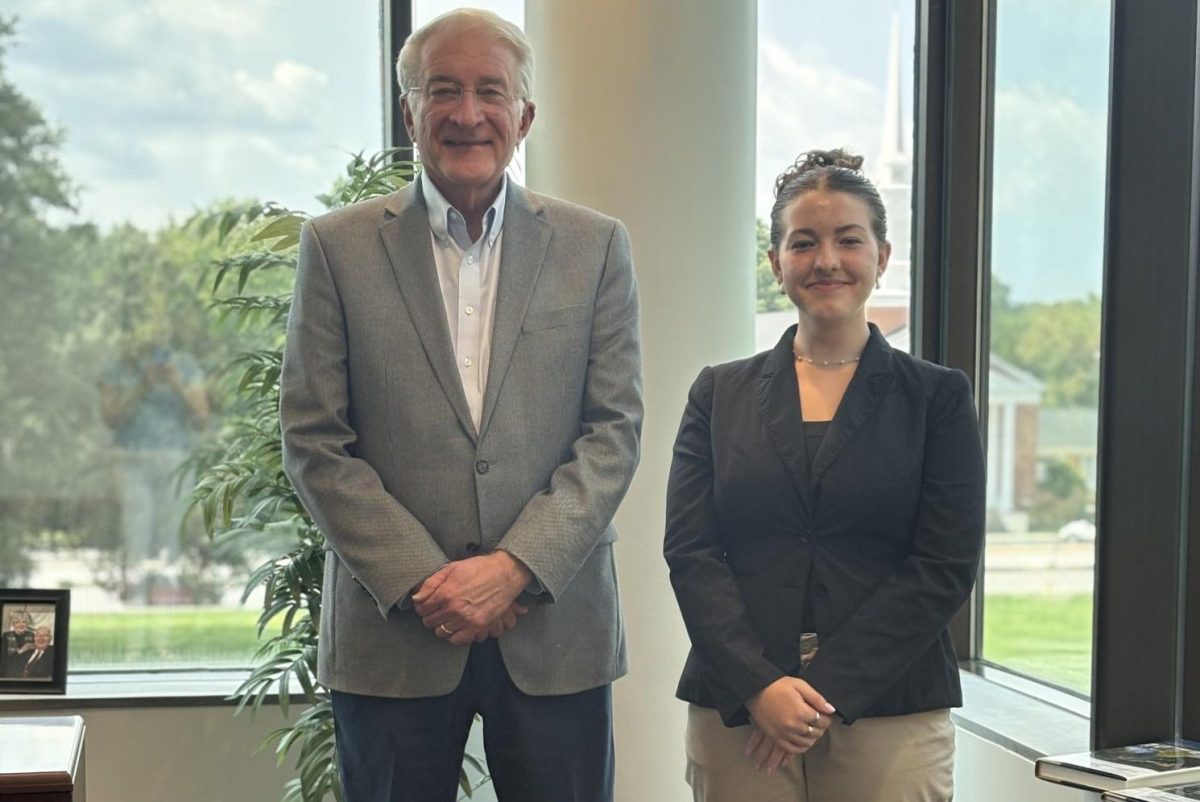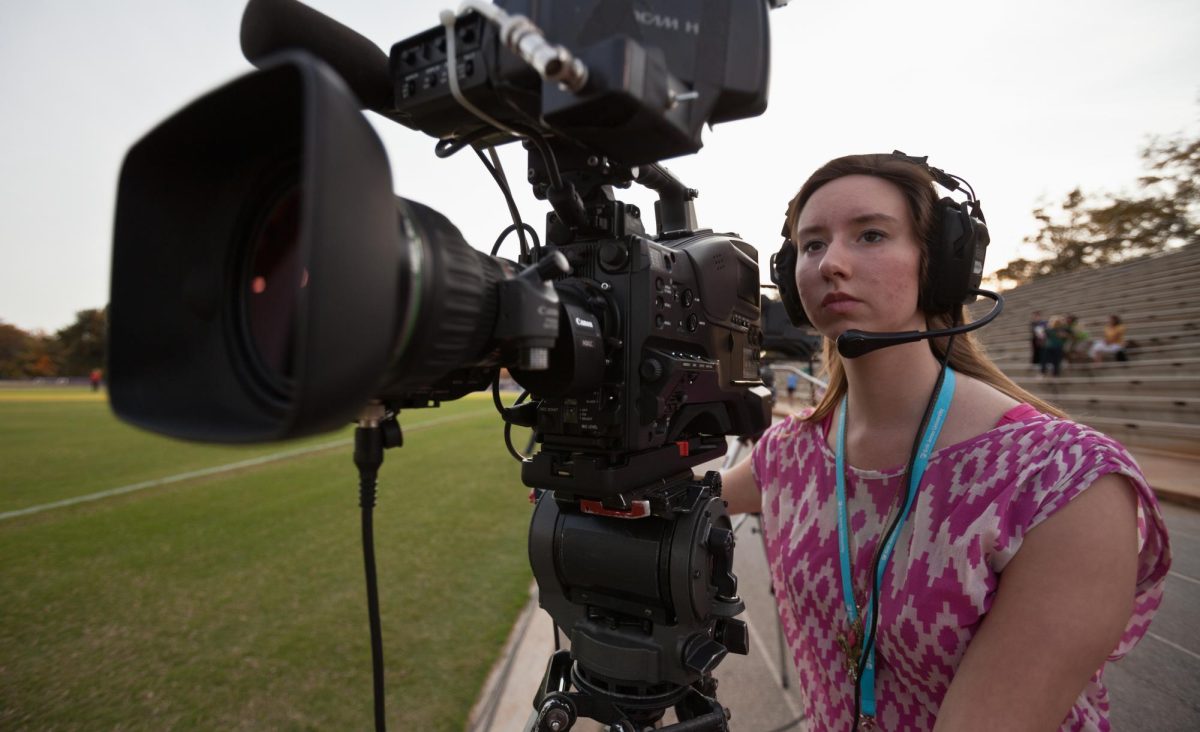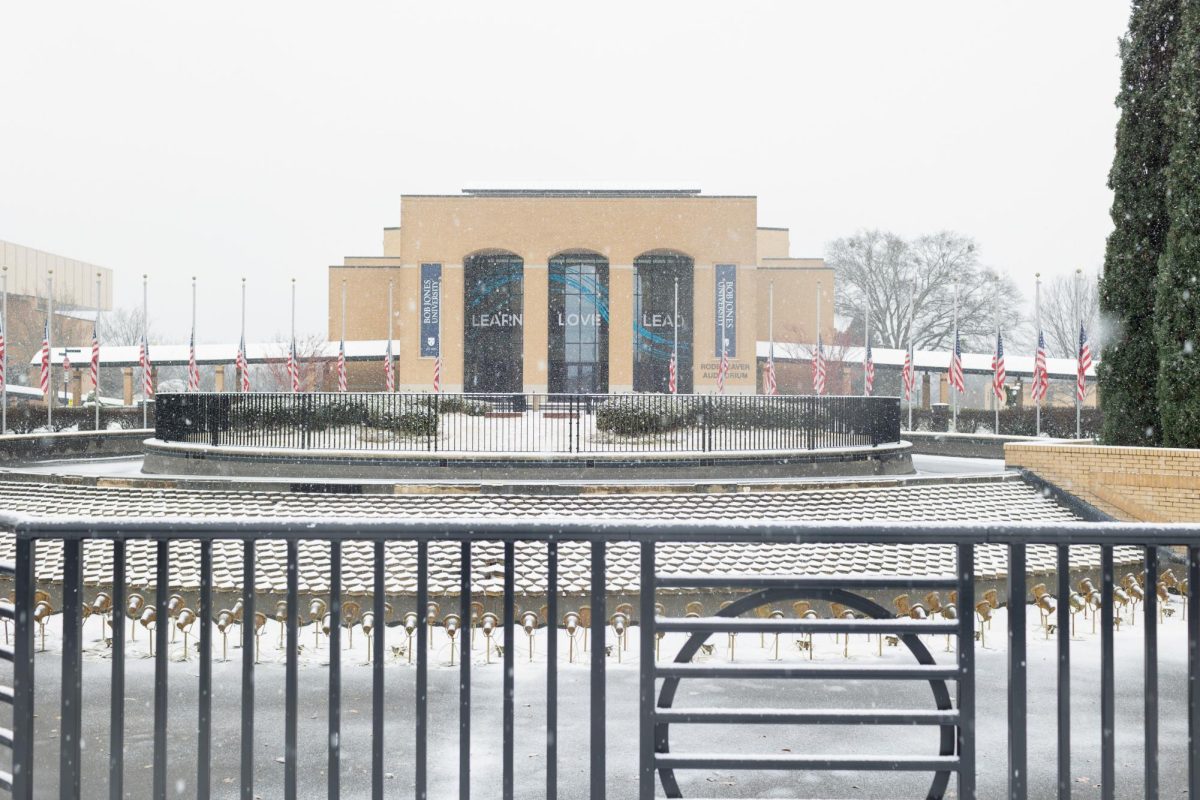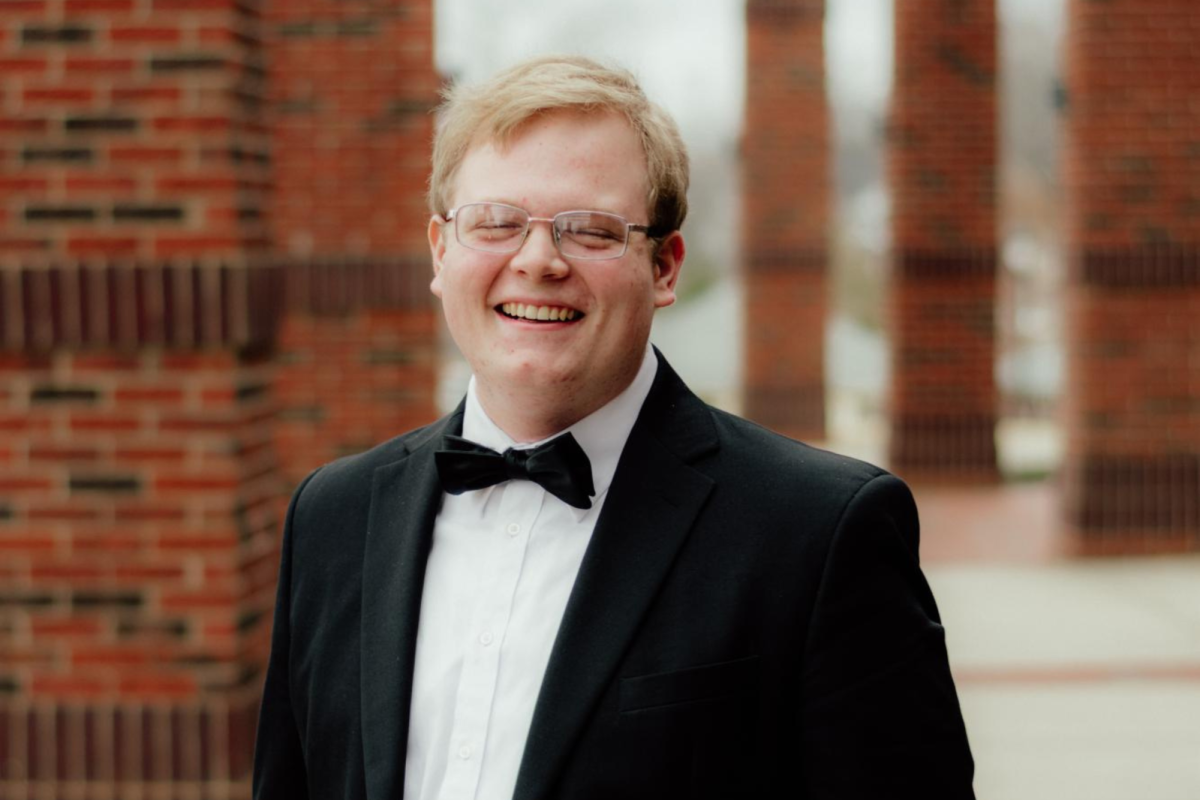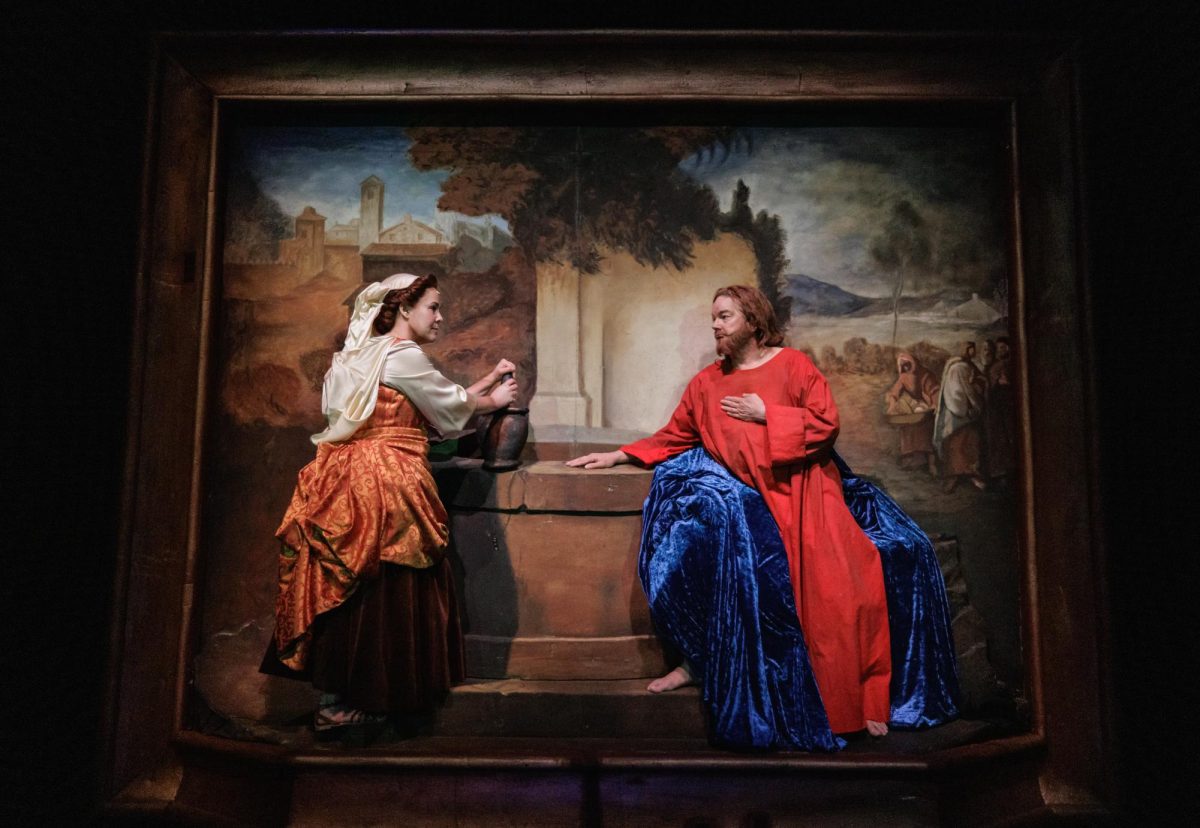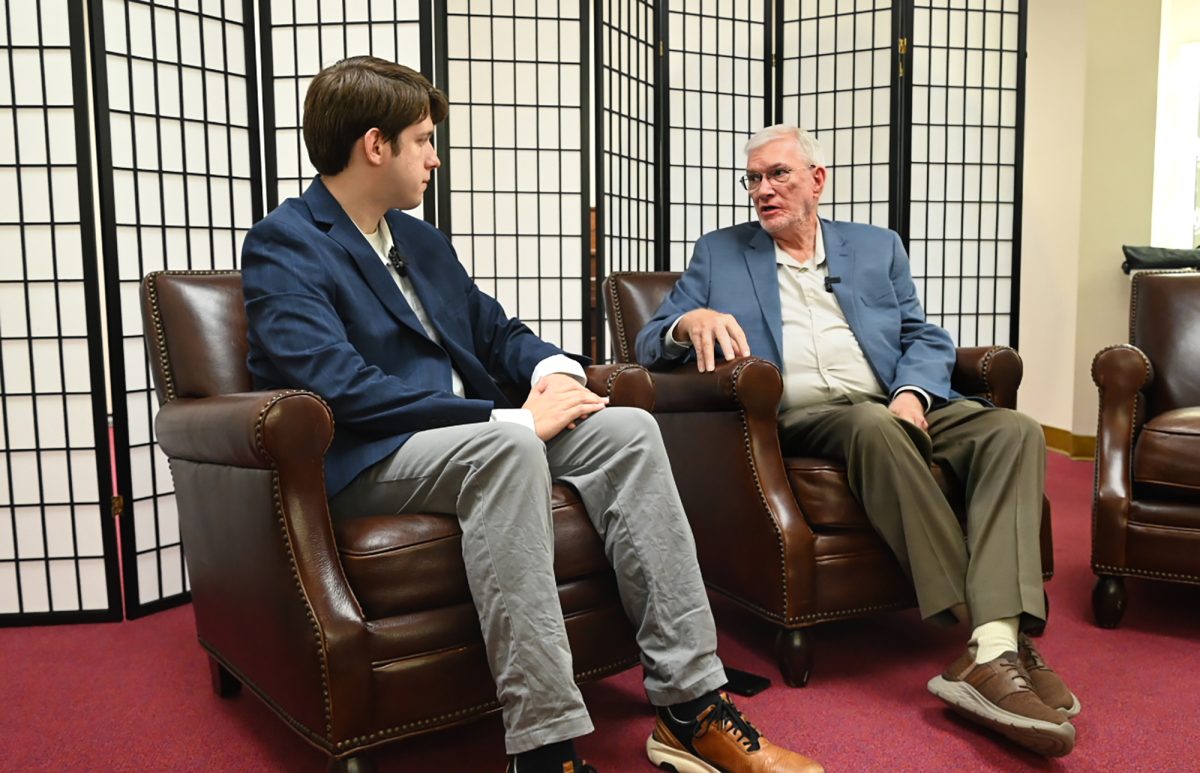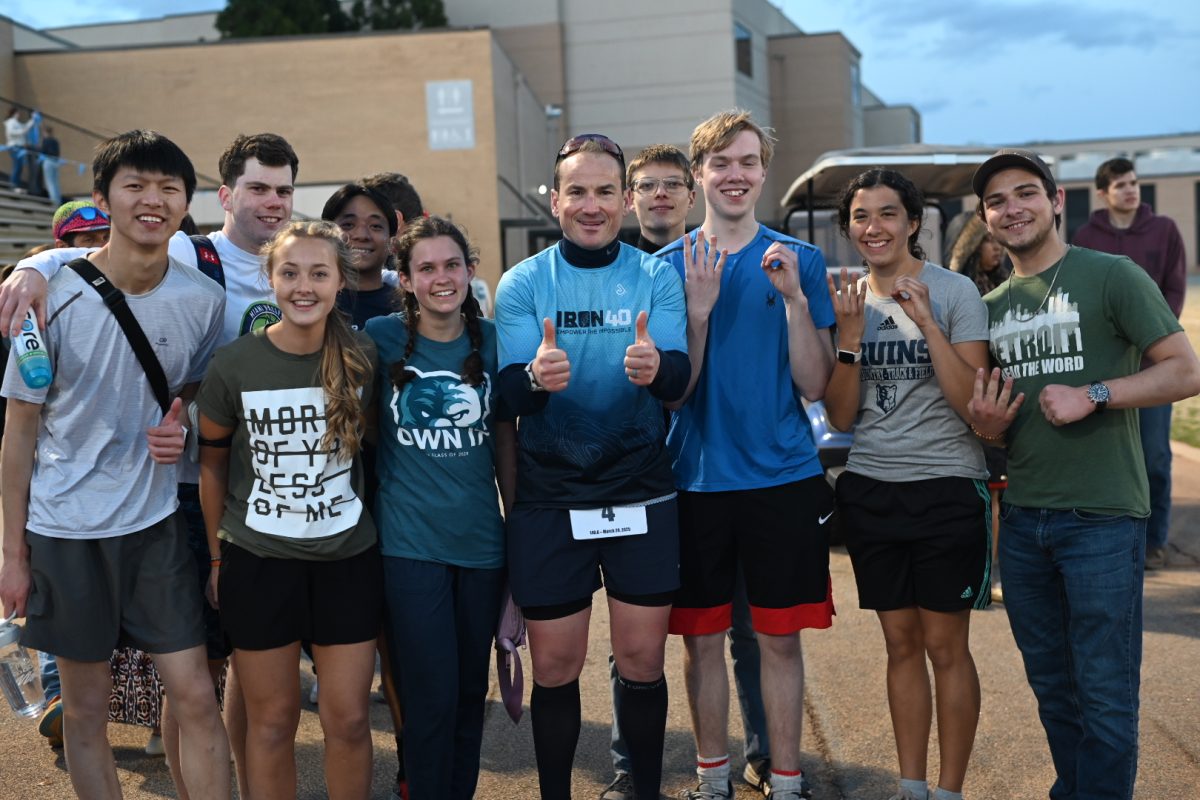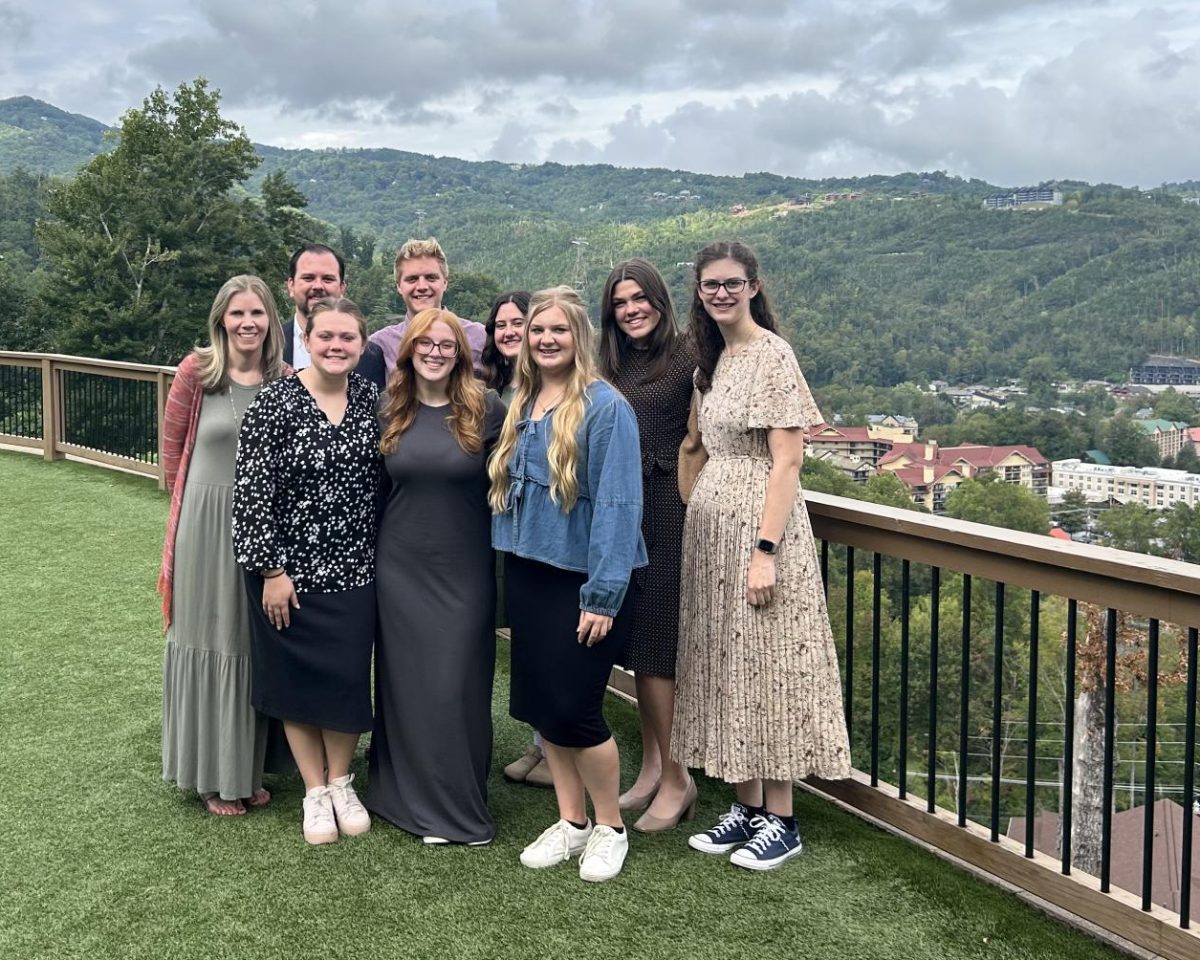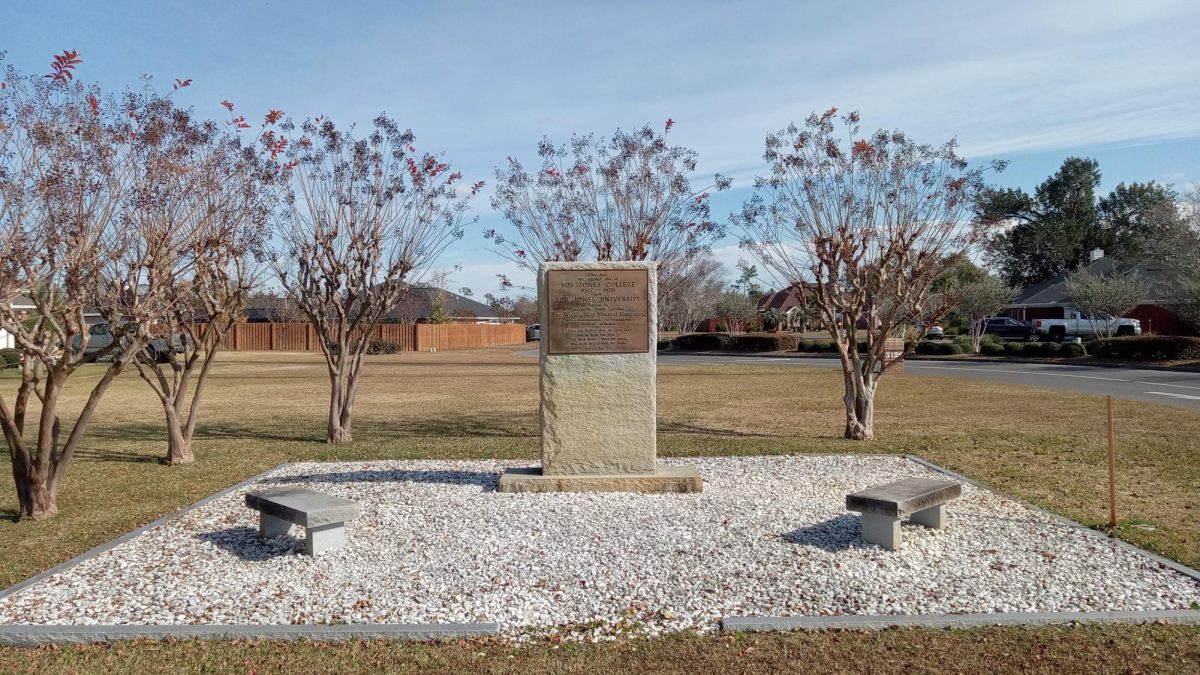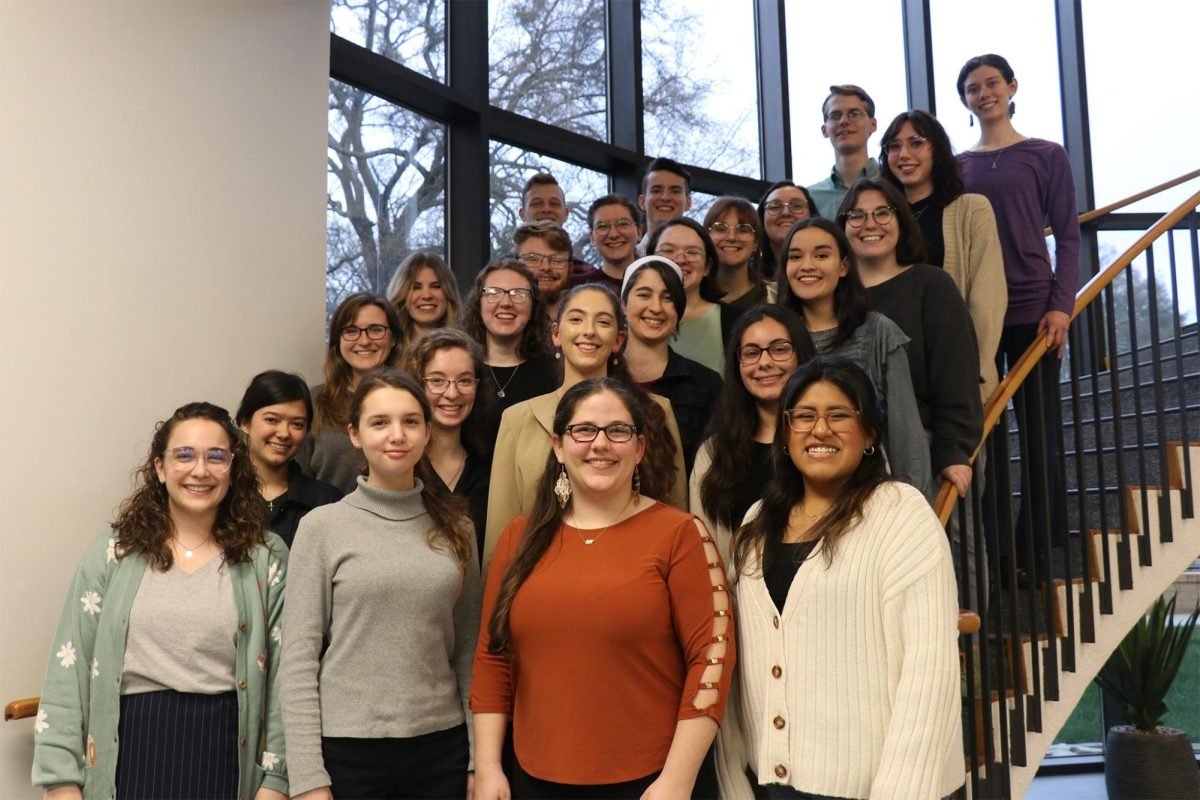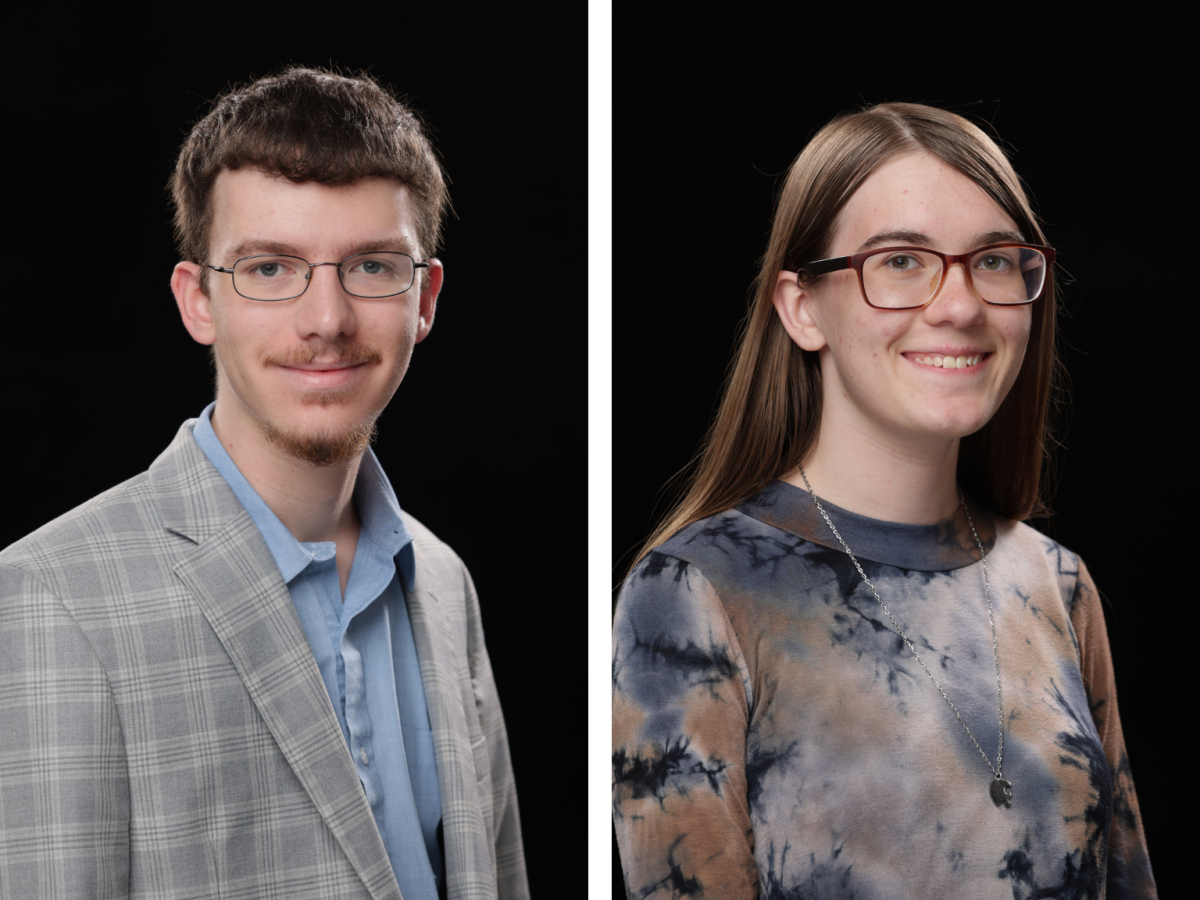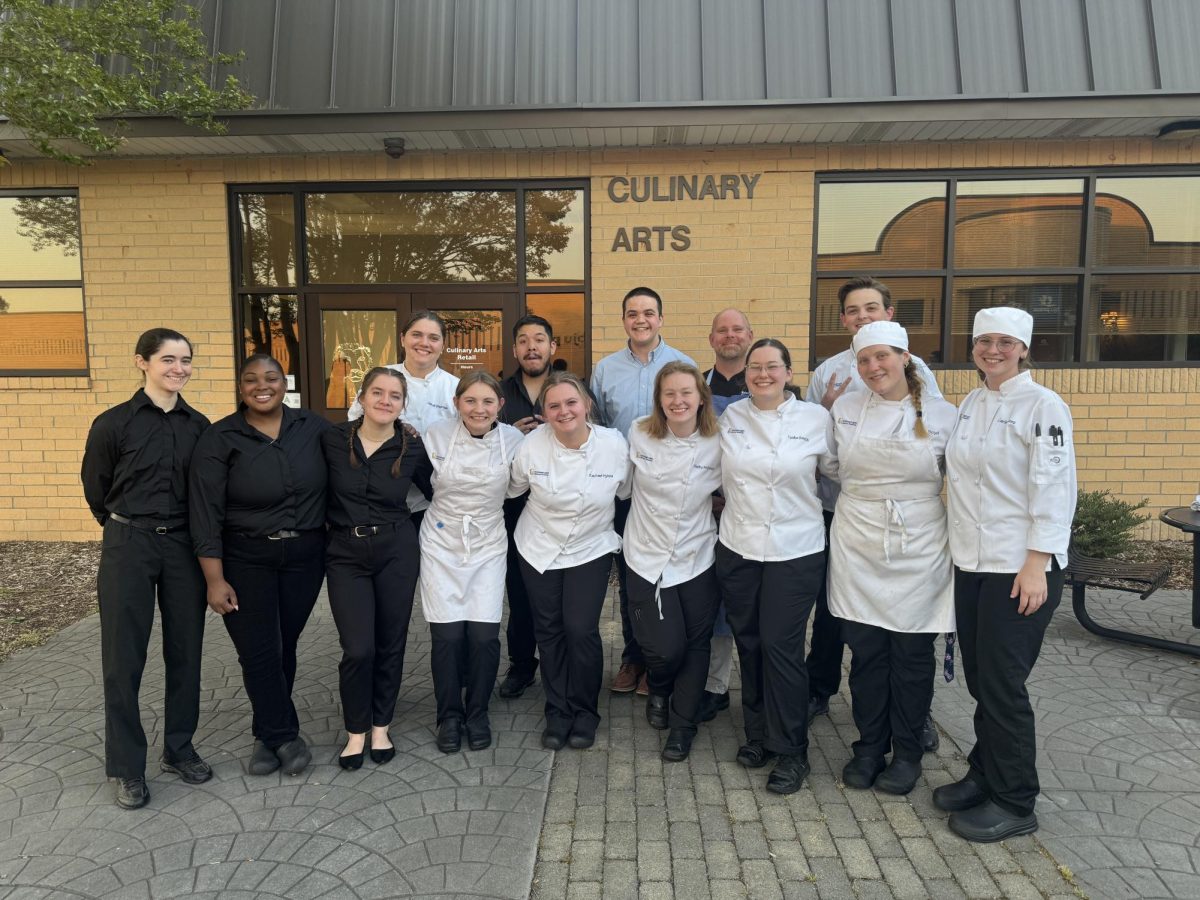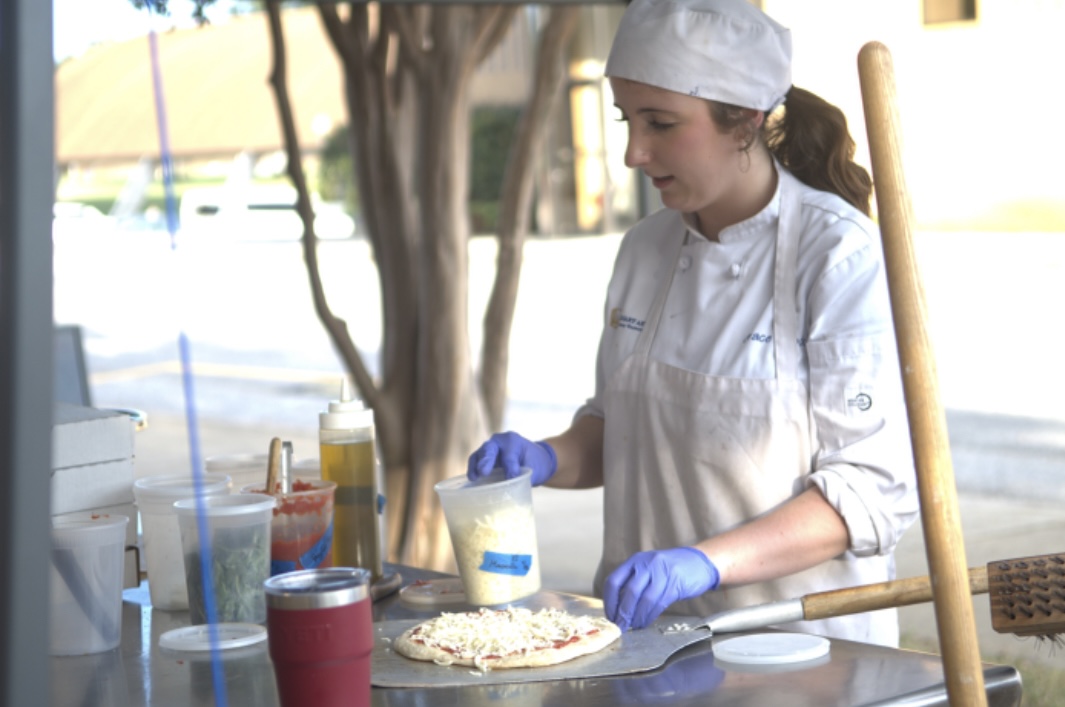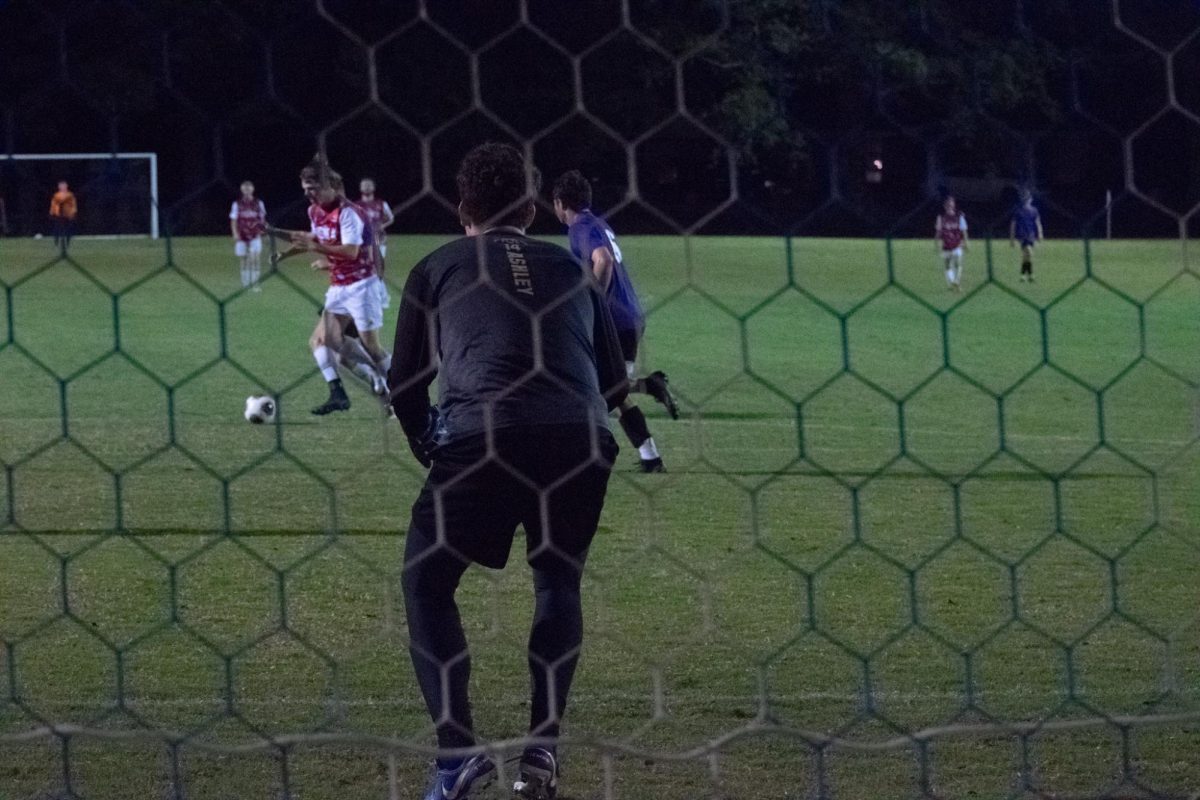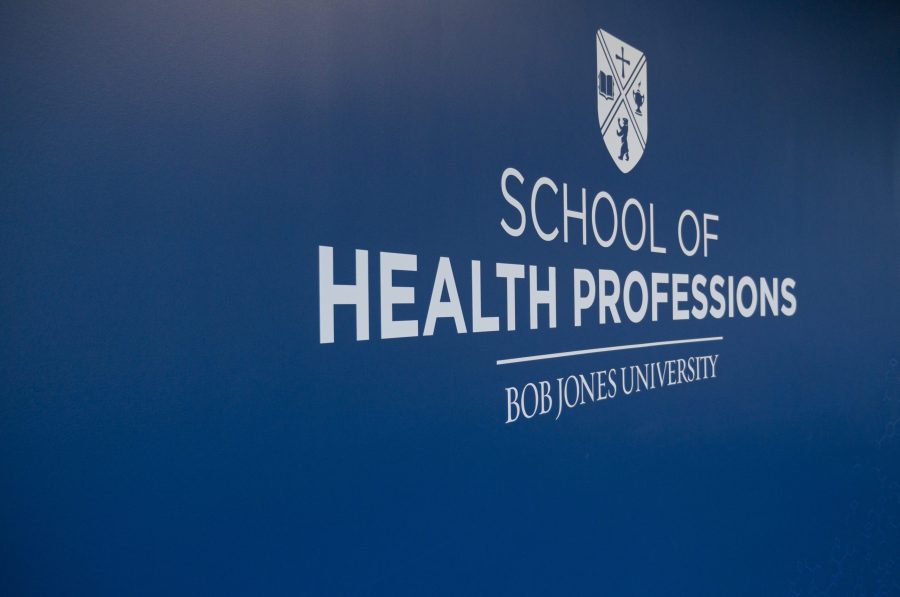Students and faculty in the School of Health Professions are finding their new space on the first floor of the Mack Building to be all that they hoped for and more.
The School of Health Professions was officially launched in January of 2018. Previously, majors related to health professions were housed in four different divisions. Nursing students were isolated from premed, physical therapy and kinesiology students.
“What we wanted to do was to bring them together to create more visibility,” said Dr. Gary Weier, provost and executive vice president for academic affairs.
When looking at the future of health care, BJU saw value in giving students a more interprofessional experience while at the University. In addition to being separated in different divisions, students in the school were taught in about six different places, so discussions began in 2018 on relocating School of Health Professions classes to one building.
Because Mack Library was in the process of downsizing, the first floor opened up as an option for the school. The building process began in September of 2019 and was completed on schedule despite the impact of COVID-19.
While in many situations COVID-19 slowed down plans, the Lord used the lack of activity on campus as well as financial provision to help speed up the building process of the new space. A large amount of the funds needed for the building came in during the middle of the pandemic. The Health Professions faculty were actively involved in designing the new facility to create the best and most practical environment for students.
Dr. Jessica Minor, dean of the School of Health Professions, pointed out that the collaboration between both students and faculty has been a major highlight of being housed in one building. This collaboration allows students to be better equipped for grad school and for entering the workforce.
“By the time [students] go in to get a speech pathology or health care administration master’s or to be a doctor or nurse, they would have already had . . . experiences to prepare them for how [to] work with the other medical providers on [their] team,” Minor said.
Students also love being able to interact with other majors within the School of Health Professions. Senior nursing major Kristyn Rygh said the collaboration is good exposure for students to see and understand what each other must do.
“The hospital is not just nurses,” Rygh said. “You have to collaborate with everybody.”
Housing more lab space, three classrooms that seat 50 and one that seats 40, the new state-of-the-art facility opens opportunities for new projects, grants and extra room for activities.
Nursing majors are some of the most affected by the new facility. The old nursing building was one of the oldest in use on campus, and it was outdated. Now, state-of-the-art facilities such as the simulation lab allow nursing students
to practice their skills.
“We kind of had to fake certain things before because we didn’t have the equipment,” Rygh said. “We’d be like, ‘I’m going to pretend like I’m doing this,’ but now we’re actually getting to practice it.”
For the first time in the history of the nursing program at BJU, students can enter in either the fall or spring semester. In the fall, the program can accept 50 students and in the spring, 25 students. Minor said that in three years, every nursing class will be taught every semester, and the program will have had the opportunity to double.
Every major within the School of Health Professions is benefiting from the new building. For example, kinesiology now has labs with a lot of heavy equipment typically found in athletic training centers, including an anti-gravity treadmill.
As a smaller major, the communication disorders program was housed alongside other majors in the Gustafson Fine Arts Building. Shelby Sanders, a sophomore communication disorders major, said, “Now, we have a whole lab and a speech therapy room . . . and we have our own space.”


